A lot has changed on the grounds of 520 Barracuda Boulevard in a little over two decades.
Chad Truxall, then a rookie science teacher in his 20s, launched his career in education in 1999 and taught at New Smyrna Beach High School for five years at this address.
Two of his students, Trey Hannah and Annie Morgan (now Annie Roddenberry), literally got their feet wet with Mr. Truxall, who always found ways to get his students out in the water to learn. In fact, he walked with his honors marine biology class over to a brand-new environmental facility named Marine Discovery Center (MDC), then located on the North Causeway in the city’s former wastewater treatment plant.
It was through MDC that Truxall knew he needed a way to teach about the coastal ecosystem beyond the walls of his classroom. And it was under the tutelage of their teacher that his students realized they wanted to continue their studies and someday find jobs in environmental work.
“I think his hands-on, feet-wet approach had a lasting impact,” said Roddenberry, now a regional biologist with Florida Fish & Wildlife Conservation Commission (FWC) focused on aquatic habitat restoration and conservation.
“To have had somebody at that stage of our lives encouraging us to explore and showing us that being out there was also a place of learning and a place of curiosity, we just ate it up,” she added. “We learned that this is a path you can take with some longevity.”
And it worked both ways.
“I would say they sparked me,” said Truxall. “They renewed my interest in wanting to inspire the next generation and showed me that my purpose was always to get into the field that I’m in now.”
Truxall began by volunteering at MDC with founder Bruce Jaildagian, and then left teaching at the high school to help build the education programs and camps at the young nonprofit.
Truxall eventually became MDC’s director and helped the center transition from its previous North Causeway location to the grounds of the former high school site when a new school was constructed.
Fast forward to 2024, and Truxall is now the current executive director of Marine Discovery Center, still walking the same grounds where he once taught. And those two high school students graduated, earned college degrees in marine biology and now work in one of the buildings of their old high school alongside their former teacher.
Hannah is now MDC’s Director of Programs and Roddenberry is based at MDC in her FWC office on a campus where she once scurried from class to class. Both she and Hannah learned to drive on the area of campus that is now MDC’s conservation department’s oyster restoration lot.
But even the 2011 transition onto the grounds of the old high school through ECHO-grant funding required careful planning for the future of the site. The state-owned land is managed by FWC, from whom MDC subleases the property.
“When we moved to our new campus, there was a fence around it and it felt like a jail,” said Truxall. “We were excited to have the opportunity to work with FWC to create a beautiful space, but it was also a bit overwhelming. We wondered how we were going to turn this place into a campus and nature center?”
By 2013, both Hannah and Roddenberry were back in the New Smyrna Beach area. Hannah had worked as a camp counselor at MDC during the summers as a college student and took a job at MDC as an Adopt-An-Estuary coordinator (following Roddenberry in that role), and then as the center’s part-time aquarist before leaving to work for Volusia County Environmental Management.
Roddenberry volunteered at MDC, worked with the Adopt-An-Estuary program and then became the coordinator for MDC’s new oyster recycling program in 2013 – giving the program its Shuck & Share name.
Around that time, MDC began restoring 5½ acres of the former high school campus into a salt marsh. It was an FWC project and Roddenberry was hired by the agency to help oversee the marsh restoration alongside the project’s manager.
Volunteers were recruited to help install native plants in the restored areas of MDC’s expanding natural footprint. Despite the summer heat, volunteers from the community showed up and planted on numerous occasions.
The basin and the channels for the marsh were sculpted and planted and when the adjacent saltwater was released into the reestablished marsh area, the wading birds responded immediately – probing the shorelines the very next morning.
“We could finally see how all of our efforts were connecting when the birds showed up,” said Truxall. “And after six months, we had all kinds of baby sport fish, followed by the marsh-specific species. Our site was evolving.”
Fast forward to summer of 2024 and MDC launched another restoration project called “Promoting Paradise by Removing A Parking Lot.” FWC and St. John’s River Water Management District oversaw the shoreline regrading and restoration of the former student parking lot on the west side of campus. Once again, volunteers and staff pitched in to install plants on the site, removing one third of the paved parking area.
“I did some drag racing in that lot in my mom’s yellow Mustang,” said Hannah, who helped with the recent restoration. “For a while, that lot was more of an eyesore than a plus to the site, but now it has changed into a really neat asset to the Marine Discovery Center where visitors can also learn about the history here.”
For this restoration, Roddenberry was the lead FWC staffer directing the project and watching history change before her eyes.
“Our latest project has an extra personal link to it just because of our history on this site with the old high school,” Roddenberry said. “This shoreline project is really an expansion of the marsh restoration and living shoreline demonstration area we created here in 2014.”
“To have that longevity of volunteers and staff engagement across those two projects 10 years apart is really powerful,” she added. “MDC can keep telling this restoration story and keep these volunteers coming back to participate in plantings and to serve as ambassadors for this kind of work.”
The revitalized west side of MDC’s campus holds as much promise for the future as it has experienced in its past with years of high school students racing through the campus gates.
Now in his 20th year at the helm of MDC, Truxall sometimes walks the campus alone and allows himself to reflect on the center’s history and to envision what it will become moving forward.
He is excited about the new plants and trees that will take the place of pavement in the old student parking lot. He discusses plans for golf-cart parking spaces, a new loading zone for kayaks and the future site for MDC’s visitor center where guests will arrive and view a living shoreline before ever stepping inside the building.
“I feel like we now truly have impact in our community and we’re doing good work,” said Truxall. “And when I walk out on our campus, I feel a connection to the environment, to the community. There’s an energy about it – a peacefulness, but also a liveliness.”
Hannah and Roddenberry recently celebrated their 20th high school reunion, but perhaps their greatest reunion is with their former teacher who helped set them on their own respective career paths.
“It’s amazing what this place has turned into under Chad’s push,” said Hannah. “He can make phone calls and things happen. He is respected in our community.”
“It’s absolutely remarkable the leadership that Chad has provided here for 20 years,” added Roddenberry.
“He can be out with us spreading mulch and getting dirty or he can be on the other end working with the board, partners, the water management district and thinking big-picture and long-term about this site, writing grants, working with foundations and finding funding for MDC’s programs,” she added. “Whatever Chad is doing, this community is all the better for it.”

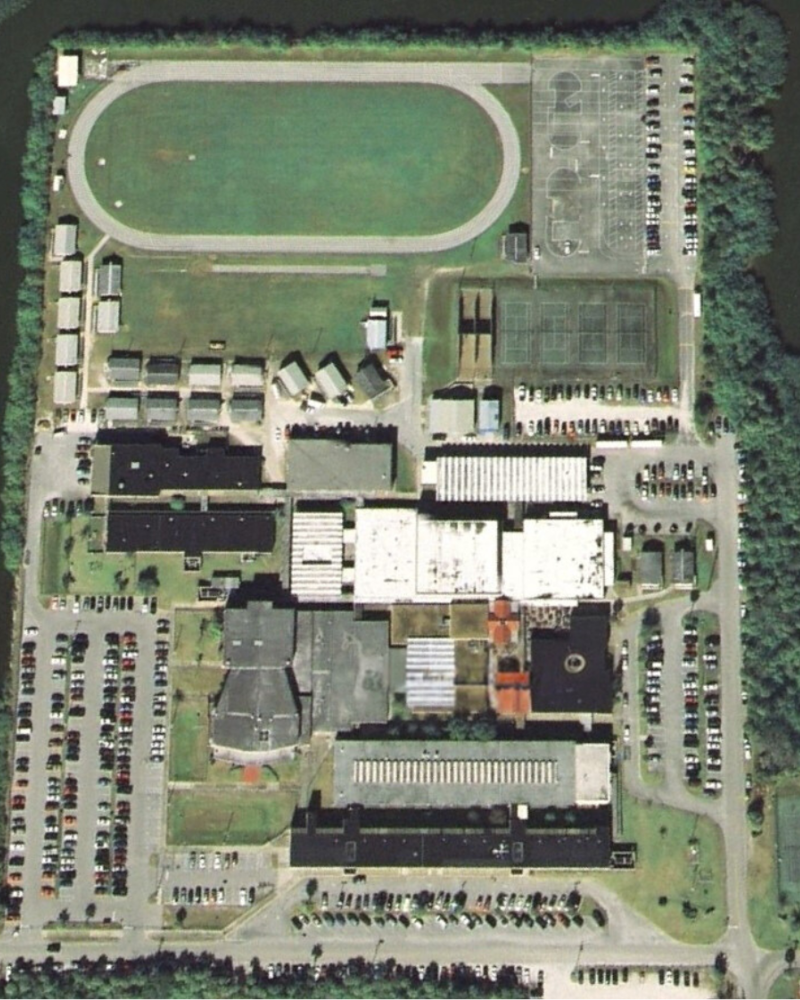
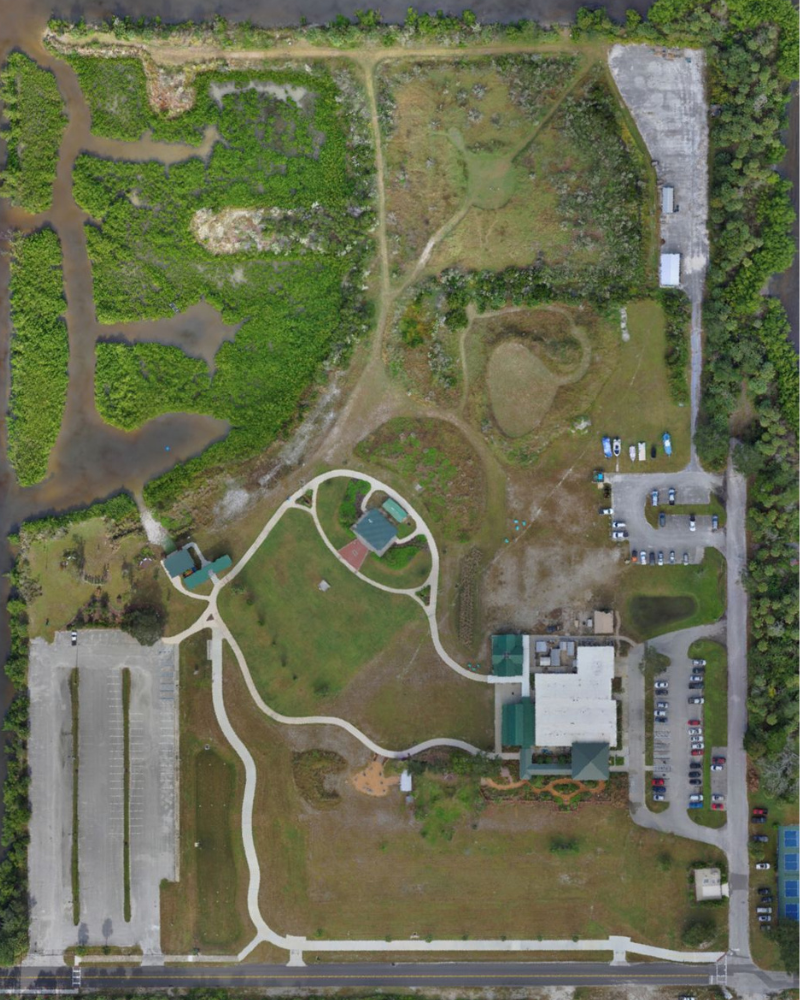
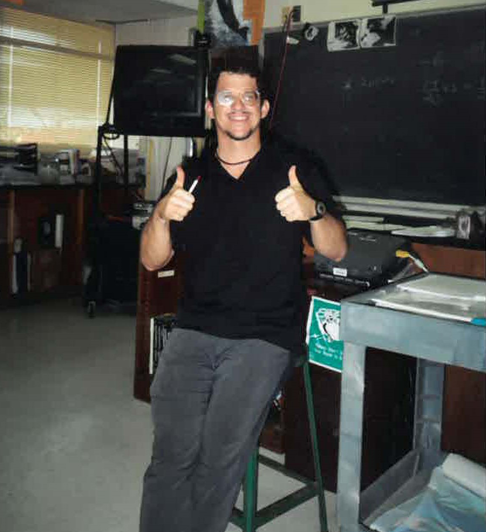

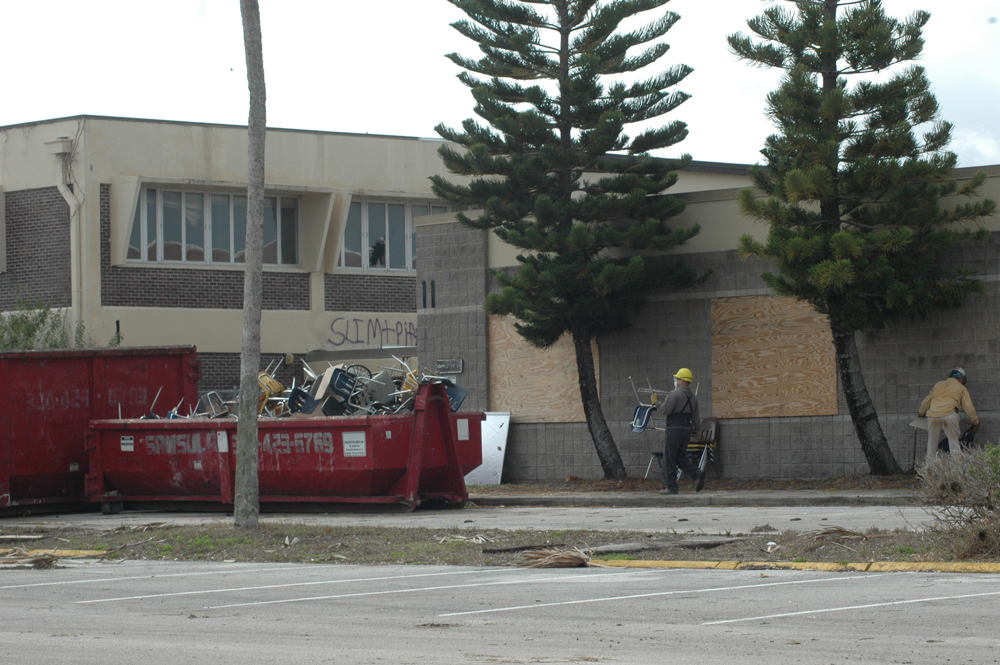
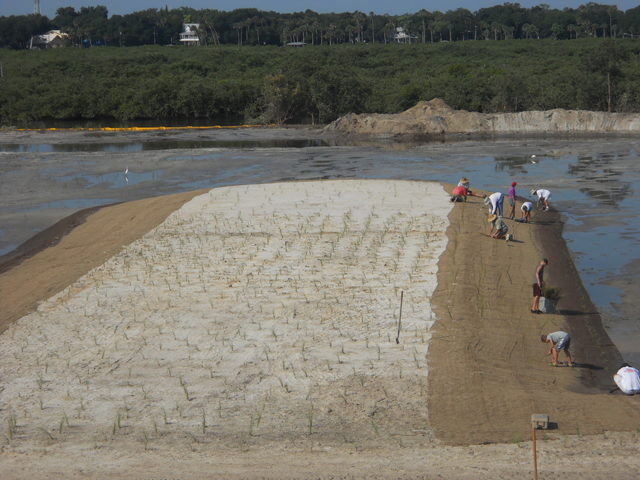
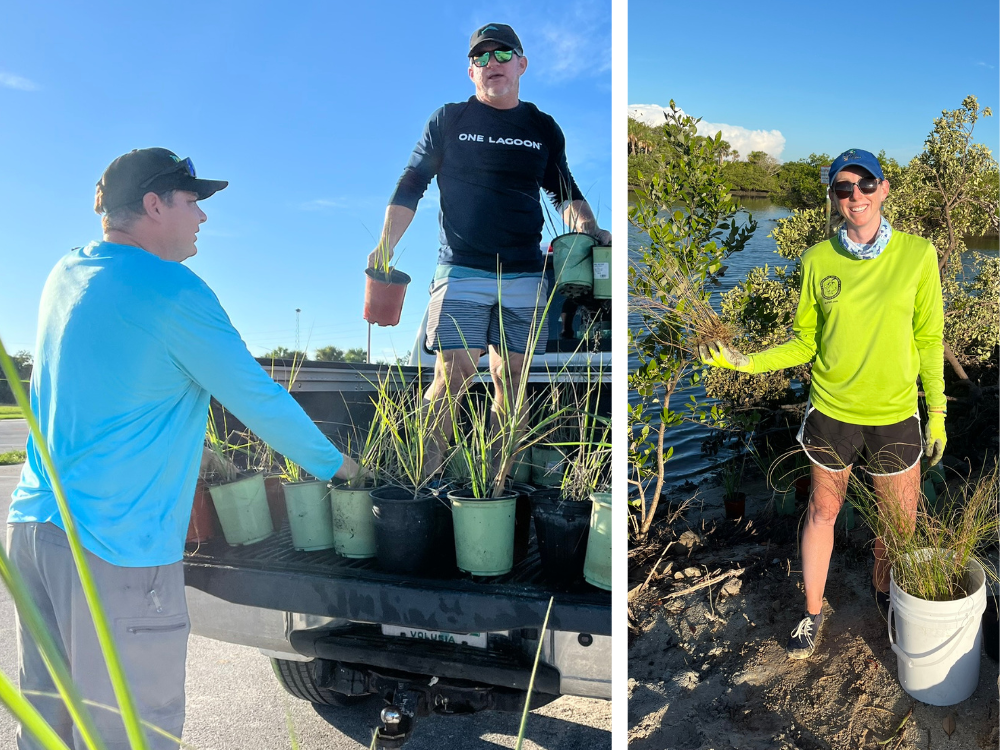

Follow Us!